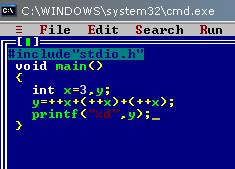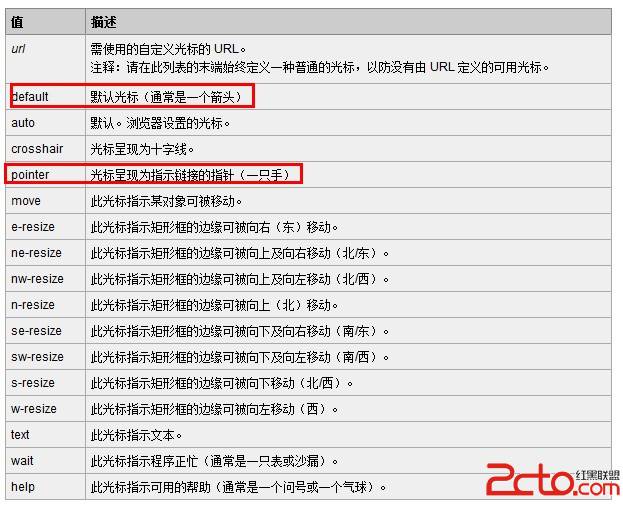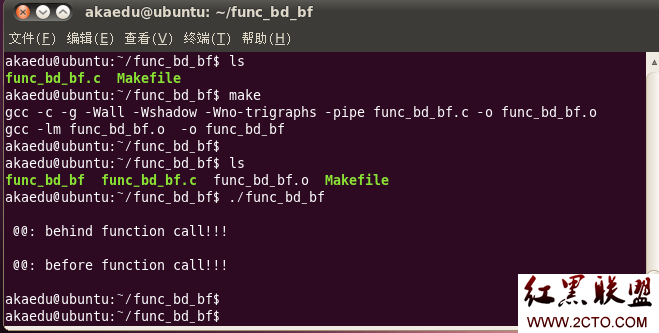利用两个栈求解算数表达式的源代码
说明:
1、只包含了小括号(),和+、-、*、/二元操作符的四则运算
2、求它更通用的求解方法可以参考递归求解、通过表达式树求解的方法
[cpp]
#include <cctype>
#include <map>
#include <stack>
#include <string>
#include <iostream>
using namespace std;
//弹出操作符栈的一个操作符,弹出操作数栈的一个操作数,计算结果
void Compute(stack<char> &operators, stack<double> &operands)
{
double op2 = operands.top();
operands.pop();
double op1 = operands.top();
operands.pop();
char optr = operators.top();
double result;
switch(optr)
{
case '+':
result = op1 + op2;
case '-':
result = op1 - op2;
case '*':
result = op1 * op2;
case '/':
result = op1 / op2;
}
operands.push(result);
operators.pop();
}
//通过操作符栈和操作数栈求解表达式,表达式正确返回true,结果存在result里,错误返回false
bool ComputeExpr(const string &expr, map<char,int> &priority_tbl, double &result)
{
stack<double> operands;//操作数栈
stack<char> operators;//操作符栈
string inner_expr(expr + '$');//加个哨兵
operators.push('#');//哨兵
for(int i = 0; i < inner_expr.length(); ++i)
{
char ch = inner_expr[i];
if(isdigit(ch))//操作数直接入操作数栈
operands.push(ch - 0x30);
else//操作符
{
switch(ch)
{
case '(':
operators.push(ch);
break;
case ')': //求解当前最内部的括号表达式
while(operators.top() != '(')
{
if(operators.top() == '#' || operands.size() < 2)
return false;
Compute(operators, operands);
}
operators.pop();
break;
case '$': //此时,正确表达式已经不存在括号了,计算
while(operators.top() != '#')
{
if(operands.size() < 2)
return false;
Compute(operators, operands);
}
if(operands.size() == 1)
{
result = operands.top();
return true;
}
return false;
default: //一般的二元操作符求解
while(priority_tbl[ch] <= priority_tbl[operators.top()])
{
if(operands.size() < 2)
return false;
Compute(operators, operands);
}
operators.push(ch);
}
}
}
}
int main(int argc, char *argv[])
{
const string expr_str("((5+6)*7/(2-9)*9)+5");
//优先级表,数字越大,优先级越高
map<char, int> priority_tbl;
priority_tbl.insert(make_pair('+',2));
priority_tbl.insert(make_pair('-',2));
priority_tbl.insert(make_pair('*',3));
priority_tbl.insert(make_pair('/',
补充:软件开发 , C++ ,




